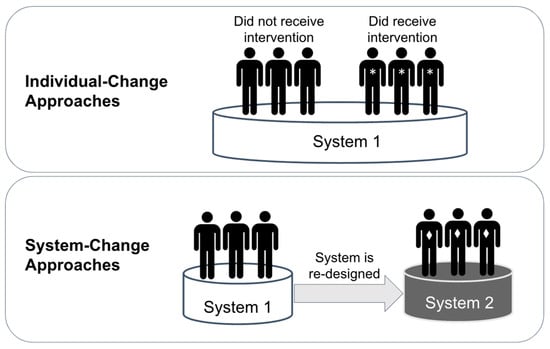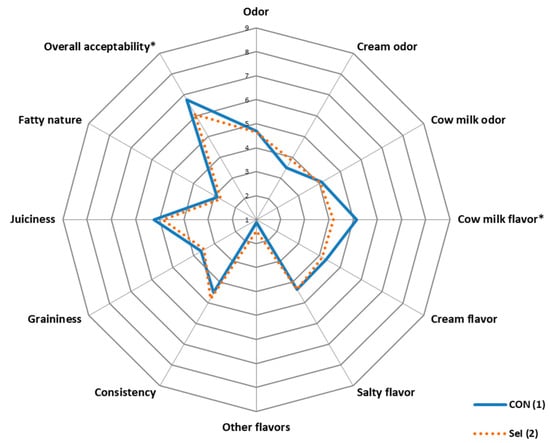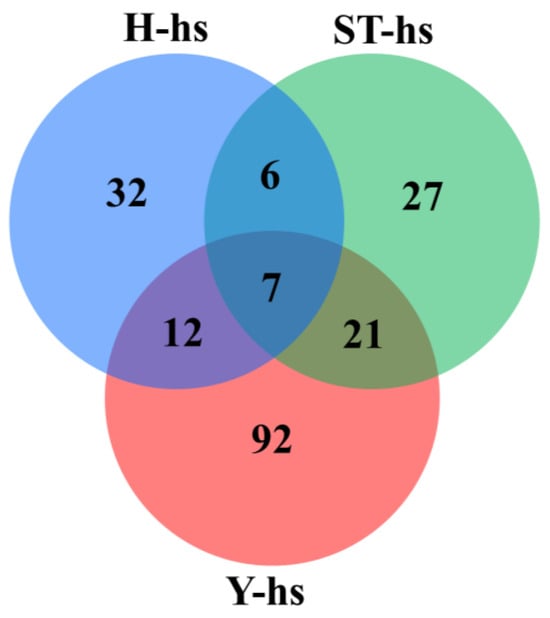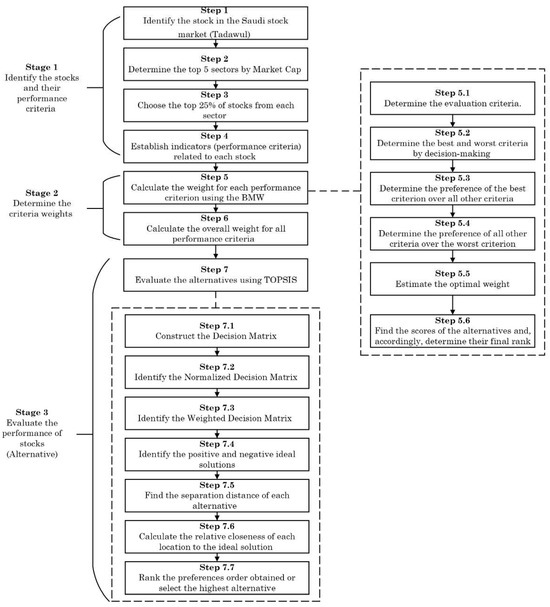Global warming has a significant impact on the dairy farming industry, as heat stress causes reproductive endocrine imbalances and leads to substantial economic losses, particularly in tropical–subtropical regions. The Holstein breed, which is widely used for dairy production, is highly susceptible to heat
[...] Read more.
Global warming has a significant impact on the dairy farming industry, as heat stress causes reproductive endocrine imbalances and leads to substantial economic losses, particularly in tropical–subtropical regions. The Holstein breed, which is widely used for dairy production, is highly susceptible to heat stress, resulting in a dramatic reduction in milk production during hot seasons. However, previous studies have shown that cells of cows produced from reconstructed embryos containing cytoplasm (o) from Taiwan yellow cattle (Y) have improved thermotolerance despite their nuclei (n) being derived from heat-sensitive Holstein cattle (H). Using spindle transfer (ST) technology, we successfully produced ST-Yo-Hn cattle and proved that the thermotolerance of their ear fibroblasts is similar to that of Y and significantly better than that of H (
p < 0.05). Despite these findings, the genes and molecules responsible for the different sensitivities of cells derived from ST-Yo-Hn and H cattle have not been extensively investigated. In the present study, ear fibroblasts from ST-Yo-Hn and H cattle were isolated, and differentially expressed protein and gene profiles were compared with or without heat stress (hs) (42 °C for 12 h). The results revealed that the relative protein expression levels of pro-apoptotic factors, including Caspase-3, -8, and -9, in the ear fibroblasts from the ST-Yo-Hn-hs group were significantly lower (
p < 0.05) than those from the H-hs group. Conversely, the relative expression levels of anti-apoptotic factors, including GNA14 protein and the
CRELD2 and
PRKCQ genes, were significantly higher (
p < 0.05) in the ear fibroblasts from the ST-Yo-Hn-hs group compared to those from the H-hs group. Analysis of oxidative phosphorylation-related factors revealed that the relative expression levels of the
GPX1 gene and Complex-I, Complex-IV, CAT, and PGLS proteins were significantly higher (
p < 0.05) in the ear fibroblasts from the ST-Yo-Hn-hs group compared to those from the H-hs group. Taken together, these findings suggest that ear fibroblasts from ST-Yo-Hn cattle have superior thermotolerance compared to those from H cattle due to their lower expression of pro-apoptotic factors and higher expression of oxidative phosphorylation and antioxidant factors. Moreover, this improved thermotolerance is attributed, at least partially, to the cytoplasm derived from more heat-tolerant Y cattle. Hence, using ST technology to produce more heat-tolerant H cattle containing Y cytoplasm could be a feasible approach to alleviate the negative impacts of heat stress on dairy cattle in tropical–subtropical regions.
Full article
 IJMS
IMPACT
IJMS
IMPACT Applied Sciences
IMPACT
Applied Sciences
IMPACT Sustainability
IMPACT
Sustainability
IMPACT Sensors
IMPACT
Sensors
IMPACT JCM
IMPACT
JCM
IMPACT Materials
IMPACT
Materials
IMPACT Molecules
IMPACT
Molecules
IMPACT Energies
IMPACT
Energies
IMPACT Electronics
IMPACT
Electronics
IMPACT Remote Sensing
IMPACT
Remote Sensing
IMPACT Cancers
IMPACT
Cancers
IMPACT Nutrients
IMPACT
Nutrients
IMPACT Mathematics
IMPACT
Mathematics
IMPACT Foods
IMPACT
Foods
IMPACT Buildings
IMPACT
Buildings
IMPACT Polymers
IMPACT
Polymers
IMPACT Animals
IMPACT
Animals
IMPACT Water
IMPACT
Water
IMPACT Plants
IMPACT
Plants
IMPACT Agronomy
IMPACT
Agronomy
IMPACT Biomedicines
IMPACT
Biomedicines
IMPACT Processes
IMPACT
Processes
IMPACT Microorganisms
IMPACT
Microorganisms
IMPACT Diagnostics
IMPACT
Diagnostics
IMPACT Nanomaterials
IMPACT
Nanomaterials
IMPACT Viruses
IMPACT
Viruses
IMPACT Medicina
IMPACT
Medicina
IMPACT Healthcare
IMPACT
Healthcare
IMPACT Cells
IMPACT
Cells
IMPACT Forests
IMPACT
Forests
IMPACT Agriculture
IMPACT
Agriculture
IMPACT Land
IMPACT
Land
IMPACT JMSE
IMPACT
JMSE
IMPACT IJERPH
IJERPH
 Symmetry
IMPACT
Symmetry
IMPACT Genes
IMPACT
Genes
IMPACT Pharmaceutics
IMPACT
Pharmaceutics
IMPACT Coatings
IMPACT
Coatings
IMPACT Micromachines
IMPACT
Micromachines
IMPACT Pharmaceuticals
IMPACT
Pharmaceuticals
IMPACT Atmosphere
IMPACT
Atmosphere
IMPACT Children
IMPACT
Children
IMPACT Religions
IMPACT
Religions
IMPACT Antioxidants
IMPACT
Antioxidants
IMPACT Life
IMPACT
Life
IMPACT Metals
IMPACT
Metals
IMPACT Biomolecules
IMPACT
Biomolecules
IMPACT Vaccines
IMPACT
Vaccines
IMPACT Education Sciences
IMPACT
Education Sciences
IMPACT Minerals
IMPACT
Minerals
IMPACT Horticulturae
IMPACT
Horticulturae
IMPACT Brain Sciences
IMPACT
Brain Sciences
IMPACT JPM
IMPACT
JPM
IMPACT Bioengineering
IMPACT
Bioengineering
IMPACT






















